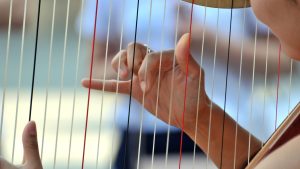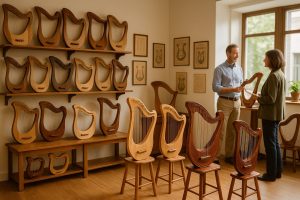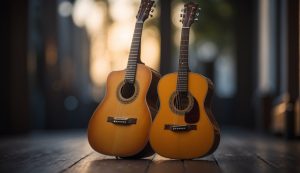Folkstrings.com is reader-supported. When you buy through links on our site, we may earn a small commission.
In discussing the enchanting world of stringed instruments, a common question arises: what is the difference between a harpist and a harper? The terms are often used interchangeably, yet they hold distinct meanings rooted in tradition and practice.
Both harpists and harpers are musicians dedicated to playing the harp, but their titles reflect diverse historical contexts and playing styles.
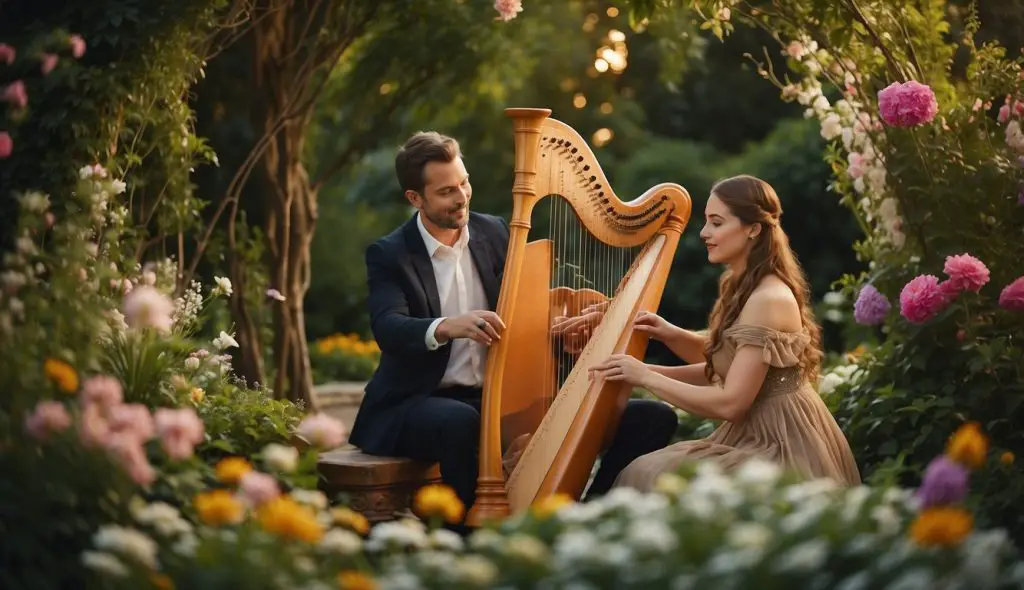
A harpist typically refers to someone who plays the modern pedal harp. It is a more formal term that often implies classical training and a repertoire that includes both historical and contemporary compositions.
The pedal harp, with its intricate mechanism for changing keys, allows for a broad range of musical expression and is commonly found in symphony orchestras and solo performances.
In contrast, a harper traditionally denotes a musician who plays smaller, lever harps, which are associated with folk music and historical pieces.
Harpers have a legacy that spans centuries, particularly in Ireland and Scotland, where they have played an important role in preserving Celtic music and culture.
Key Points
- Harpists and harpers both specialize in the harp but differ in their musical traditions.
- The term “harpist” usually implies classical training and playing a pedal harp.
- “Harper” is associated with historical and folk music traditions on lever harps.
Origins and Historical Development

The harp boasts a storied past, evolving from ancient origins to the sophisticated instrument we know today. I’m here to guide you through its fascinating journey.
Ancient Beginnings
The harp is one of the oldest stringed instruments, with roots that can be traced back to ancient civilizations.
Archaeological findings suggest its presence as early as 3000 BCE in Ur, a city in ancient Mesopotamia. This early harp had a few strings and bore resemblance to the later lyres of ancient Greece.
References to the harp are also found in biblical times, with notable figures such as King David known for playing this instrument.
Throughout the ancient past, the harp was a mainstay in various cultures across Europe and the Near East. For example, the instrument was prominent in Gaelic traditions, where it symbolized authority; it is said that the High King of Ireland, Brian Boru, who reigned during the Battle of Clontarf in 1014, was an accomplished harper.
Evolution into Modern Times
Moving forward in history, the design and prominence of the harp developed considerably.
In Europe, during the medieval period, the harp became associated with itinerant minstrels who would perform courtly music.
The iconic triangular frame harp that is widely recognized today started to take shape, with its angled pillar and curved neck optimizing the tension of the strings and contributing to the instrument’s fuller sound.
By the Baroque era, the harp had undergone further development, introducing mechanisms that allowed for more advanced music composition and performance.
The Irish harp, with its deep resonating sound, gradually evolved into the modern pedal harp.
The pedal system enabled harpists to more easily execute chromatic alterations, paving the way for the instrument’s integration into orchestras and solo performance settings.
Throughout its history, the harp has developed not only in its physical form but also in stature, transitioning from the battlefields and royal courts of ancient times to the concert halls and musical conservatoires of today.
Technical Aspects of Harps
In this section, I’ll explore the intricate details of harp construction and playing techniques that define this majestic instrument. I’ll dive into what makes the harp’s design so unique and how those design elements translate into the beautiful sounds we associate with harp music.
Harp Construction
The construction of a harp is as elegant as it is complex, involving various parts that allow for its wide range of sounds.
The main body of the harp includes the soundboard, which is pivotal in sound projection, and the frame, which consists of a neck, a pillar, and a resonant cavity. The neck of a harp is typically curved to accommodate the parallel strings.
The strings themselves are made from materials such as gut, nylon, or wire, each producing distinct tonal qualities.
The pedal harp, primarily used in orchestras, features pedals at the base that can be manipulated to alter the pitch of the strings, effectively allowing the instrument to be retuned during a performance. On the other hand, the lever harp uses levers at the top of each string for pitch adjustments.
Wire strings are commonly seen in historical or Celtic harps and produce a bell-like sound.
The harp’s triangular shape isn’t just for visual appeal; it’s a crucial aspect of its intricate design, ensuring stability and balance as the harpist sits or stands during a performance.
Playing Techniques
The technique of playing the harp involves both hand position and plucking the strings.
Using the fingertips, harpists can produce a soft and fluid sound, while a variation in touch can yield a range of dynamics and tonal color.
Harpists must master the skill of coordinating hand movements with the pedals for the pedal harp or the levers for the lever harp to achieve chromatic alterations and to maintain harmonic context during concerts.
In terms of posture, experienced harpists pay close attention to their position relative to the instrument.
Either standing or sitting, they ensure that the harp’s body leans back slightly and the instrument’s weight is supported by the shoulder, allowing their arms to move freely amongst the strings.
Since the harp does not have a bow like stringed instruments nor the frets like a guitar, the execution of plucking strings with precision is paramount.
The dexterity required to manipulate the pedals or levers while playing further underscores the technical proficiency needed to perform complex music pieces, especially in the setting of an orchestra or solo concerts.
Roles and Contexts
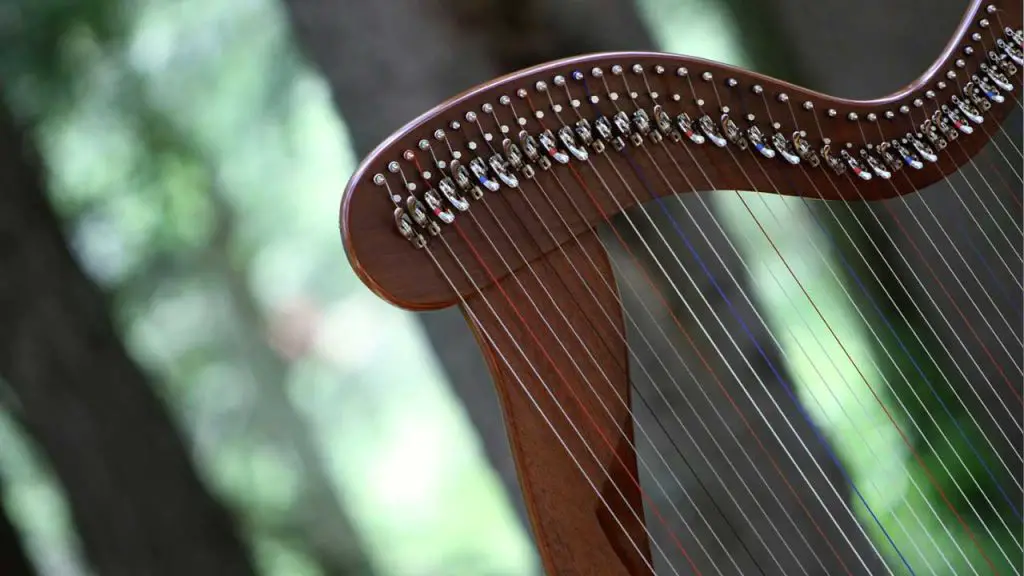
In my exploration of the vibrant roles of harpists and harpers, I’ve found that their contributions to music and culture are distinguished largely by their settings—whether solo or in ensembles—and the cultural significance they embody.
Solo and Ensemble Settings
When I observe solo performances, typically a harpist is at the center stage.
In solo settings, especially within classical music, harpists often perform pieces written expressly for the harp, showcasing their technical skill and musical interpretation.
The concert harp, a large and technically advanced instrument, is a staple in these performances, frequently featured in concert halls and recitals.
In contrast, harpers often have historical roots in folk traditions and may be seen in a variety of ensembles, accompanying singers or other musicians.
Traditional Irish harpers, for example, have been known to play wire-strung harps, infusing a solemn and distinctive sound into folk tunes.
Harp and Cultural Significance
Historically, the harp has carried significant cultural weight.
As a harpist, I’ve noticed that my instrument is often viewed as the emblem of western classical music, the elegant silhouette gracing the logos of many symphony orchestras. It’s deeply intertwined with European high art and society, symbolizing refinement and sophistication.
Harpers, on the other hand, convey a different form of cultural significance.
Their craft is imbued with the essence of ancient traditions and, in some cases, defining the music of a region or society.
The Irish harp, recognized as the national emblem, underscores this point vividly; its legacy extends beyond mere music, delving into the realm of national identity and pride.
Harpists Versus Harpers
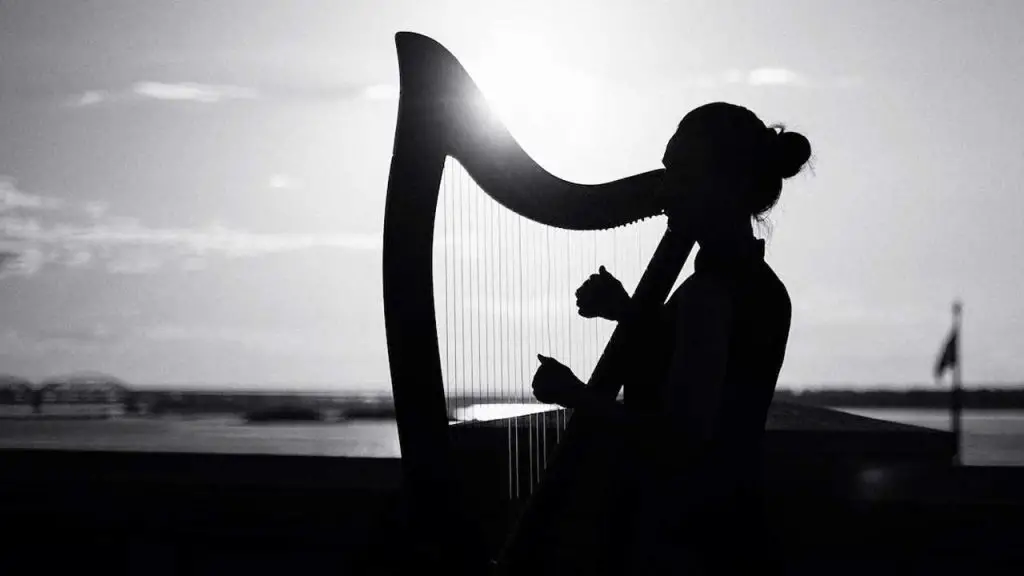
When we talk about those who play the harp, the terms “harpist” and “harper” are often used interchangeably, but they do have different connotations based on historical context, playing style, and the music genre they are associated with. Let me explore these variations deeper.
Differences in Terminology
Harpist: Typically refers to someone trained in the classical tradition, often found within orchestral settings or performing solo classical concerts. This term suggests a more formal approach to the instrument, underscored by years of structured learning and adherence to classical technique.
Harper, on the other hand, is a noun with historical roots, conjuring images of a person who plays a harp but in a more traditional or folk context. Harpers played a significant role in cultural storytelling and were often seen as musical figures in historical courts or in the context of Celtic and medieval music genres.
Contrasting Performance Styles
The performance style of harpists often involves precise playing techniques shaped by classical training, which are necessary for the execution of complex compositions found in classical music.
Their music is typically read from sheet music and includes participation in orchestras and formal concerts.
Harpers tend to employ a more relaxed or improvisational style. This style aligns closely with folk music traditions, where the emphasis is on storytelling and emotional expression rather than technical perfection.
Performance venues for harpers are more varied and can include folk festivals, intimate gigs, or historical reenactments.
Varied Use in Music Genres
In classical music, harpists play intricate compositions designed for the pedal harp.
They integrate this majestic instrument into the fabric of symphonic orchestras or as the centerpiece in solo recitals.
Conversely, harpers are commonly associated with folk music, and their approach is integral to the authenticity of this genre.
The tunes played often deal with traditional themes and are meant to be shared in a communal setting.
This can be a small gathering or a large folk music festival.
Frequently Asked Questions
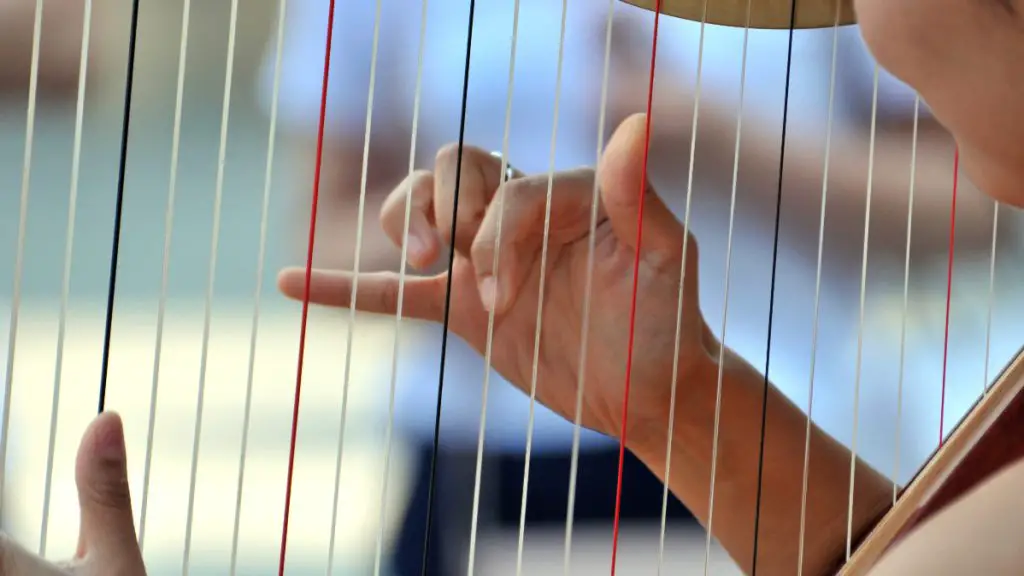
In exploring the enchanting world of harps and their players, certain questions often surface regarding terminology, instrument variation, traditional usage, technique, musical styles, and construction.
I’ll address these queries to help distinguish between a harpist and a harper.
What are the different terms for a person who plays the harp?
A “harper,” on the other hand, describes someone who plays the traditional harp, which might include historical or folk forms, in a more informal context.
Can you describe the variations in harps played by harpists and harpers?
On the other hand, harpers usually play smaller, lever harps.
These harps have levers at the top of each string for changing pitches, or even historical harps without any pitch-altering mechanisms.
What kind of harp is typically used by a traditional harper?
These harps are more portable and have a distinct, resonate sound often found in folk music.
Are there any differences in playing techniques between a harpist and a harper?
Harpists use pedals to achieve chromaticism, which requires coordination between hands and feet.
On the other hand, harpers use levers or manually retune strings. The technique can also vary with the genre of music being played.
What styles of music are usually associated with a harpist versus a harper?
They play pieces ranging from Baroque to modern classical music.
On the other hand, harpers are more connected to traditional and folk music.
They play tunes deeply rooted in cultural histories and often involving improvisational styles.
How does the construction of a pedal harp differ from the harps used by folk musicians?
They have fewer strings and use levers at the top of each string for semi-tonal adjustments. These adjustments suit the diatonic scales often played in folk music.
Author Profile
-
Daniel Johnstone is an English writer with a love for stringed instruments from around the world.
He shares his love for these instruments through his writing for folkstrings.com, a website dedicated to all things related to folk string music.
Daniel's passion for music started at a young age, and he has since become an accomplished musician, playing guitar, cavaco, and recently, the harp.
His dedication to learning and sharing his knowledge of stringed instruments is evident in his insightful and engaging blog posts. Whether you're a seasoned musician or a beginner, Daniel's writing is sure to inspire and entertain you.
When he's not playing music or writing, you can find Daniel exploring new instruments and seeking out new sounds to share with his readers.
Latest entries
 AutoharpApril 4, 2024Is Autoharp Easy to Play? Unveiling the Truth for Beginners
AutoharpApril 4, 2024Is Autoharp Easy to Play? Unveiling the Truth for Beginners AutoharpApril 4, 2024What Is an Autoharp Worth? Your Guide to Pricing and Value
AutoharpApril 4, 2024What Is an Autoharp Worth? Your Guide to Pricing and Value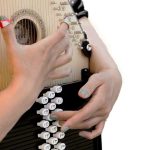 AutoharpApril 4, 2024Where Is the Best Place to Buy an Autoharp? Your Top Picks Reviewed
AutoharpApril 4, 2024Where Is the Best Place to Buy an Autoharp? Your Top Picks Reviewed AutoharpApril 4, 2024How Does the Autoharp Work? – Unveiling Its Melodic Secrets
AutoharpApril 4, 2024How Does the Autoharp Work? – Unveiling Its Melodic Secrets

